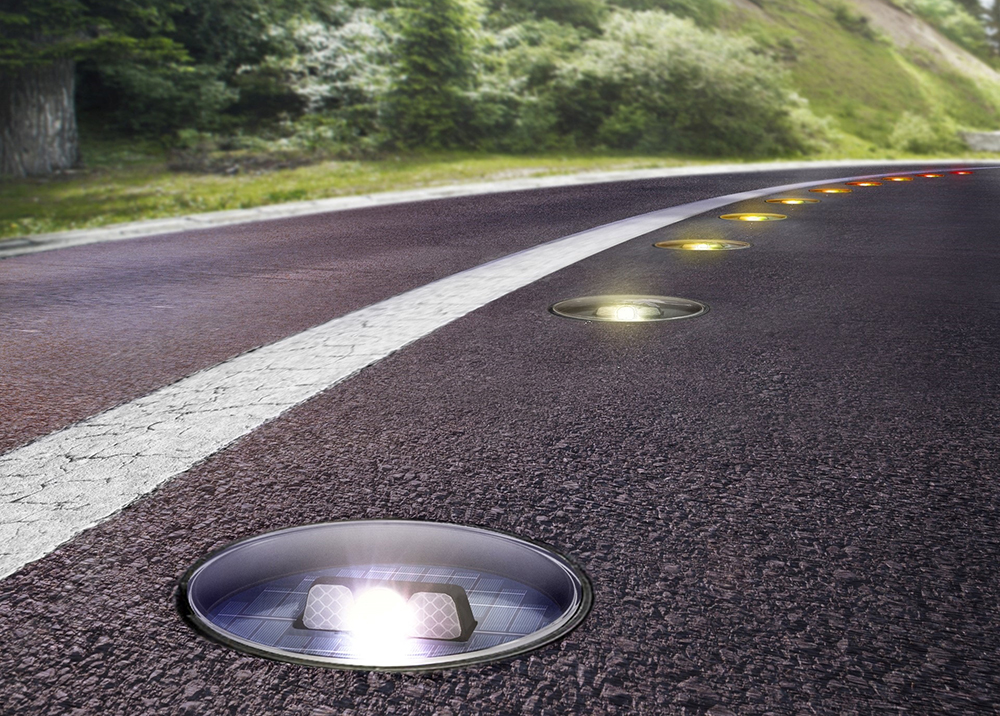
Caroline Haynes tells ITS International that transport planners and equipment suppliers need to adopt different thinking and the smartest cities don’t call themselves smart.
The term Smart Cities has been around for some time and has become something of a catch-all term applied to novel or futuristic technology deployed in an urban setting. City authorities, academics and companies strive to be associated with the term and apply it to topics from energy management and water supplies to waste disposal and, of course, transport. But Caroline Haynes, director of Magnet Cities at accountant and advisory specialist
She first makes the point that the term Smart Cities often refers to megacities – those with with ten million people – but there are only 33 of those worldwide. “What is applicable in Tokyo is almost certainly not appropriate to Trieste or Tucson, so an aspiring city authority should not see these as some kind of blueprint. While people tend to focus on the megacities, the smaller cities have more interesting stories.”
Rather than striving to be a Smart City, she has a much simpler recipe: “What I would say is plan your city as somewhere people want to live and work and if that includes ‘smart’ transportation or other system, then so be it. Being ‘smart’ should not itself be an aim.”
That’s not to say it is simple. “Cities ebb and flow over time – they have done so throughout history - and some cities that were once large and powerful don’t even exist anymore. The reasons involve the strength of the city’s economy and something more intangible; its ‘personality’. Is it an attractive place, are people drawn to live there or not? At any point in time each country will have cities that are growing and others that are shrinking.
“When a city goes into decline, the authorities are often reluctant or unwilling to rationalise and close down pieces of redundant infrastructure because there is no political benefit in doing so. But on the other hand, they are terrified about making financial commitments to invest heavily in new infrastructure.”
While this may create the space where ‘smart’ technology could be usefully employed to improve efficiency in less-than-optimal conditions, Haynes questions whether cities are actually adopting such solutions. “I think a lot of them have the aspiration to become ‘smart’ and a lot of people are spending time thinking about how to be ‘smart’ but I see very little evidence that authorities are actually moving into that space.”
She highlights exceptions with a track record as innovators such as New York where the City Police devised ComStat nearly 20 years ago to analyse (among other things) the weekly crime statistics.
“You can see examples of smart thinking in different places, whether it is data analytics like ComStat or sensors to assess traffic conditions or robots going down sewers. In San Francisco they’re able to predict whether someone would get a disease in the future based on their mobility patterns around the city and New York’s authorities merged a couple of data sets to identify buildings in flood plains that have generators in their basements.
“While there are many examples like these across the world, I don’t think you can really hold up examples of true Smart Cities.”
Emerging economies have an advantage here because it is easier and cheaper to design and fit this technology in a new city than it is to instrument existing roads and structures.
“Some Chinese cities are having technology embedded from scratch and there is also Songdo in South Korea – heralded as the first Smart City.”
Songdo is 65km (40miles) south-west of Seoul. Its business district has been purpose-built on 1,500acres (610ha) of reclaimed land and is connected to Incheon International Airport by the Incheon Bridge – a 12.3km (7.4miles)-long reinforced concrete highway. “All the apartments and school classrooms are wired with small TV sets that allow people to talk to one another. While the idea might be that people can talk to their doctor, the reality is far more mundane,” said Haynes.
She prefers to use examples like Pittsburgh which now has a thriving robotic industry with one of the products being mini robots that ‘walk’ through the sewers and transmit images showing the condition of the structure: “That to me is Smart City stuff and I’ve not seen a lot of that elsewhere.”
Indeed she goes further, saying the whole language of Smart Cities is a marketing myth and there is no point of having an ambition to be a Smart City because it does not really exist.
“If you have good public administrators who run the city well, they will have policies in place to ensure that all new relevant technical developments are considered – be that in transport, telehealth or any other sector. Some might say that is Smart but to me it is just being a good public authority.
“What city authorities can do is use all available strategies and technology to ensure that people can move around easily and efficiently and that the air quality is still good. That the devices and technologies used to fulfill that aim could be that could be classified as Smart is incidental - a means to an end, not an end in itself.”
Instead she advocates three tests to see if a policy or technology, ‘smart’ or otherwise, is suitable. These are: will this new system or infrastructure save the city money; will it help accelerate economic growth and; will it help improve the quality of residents’ lives?
Investments that provide longer term savings are particularly important in financially constrained times and quality of life is becoming a bigger and bigger theme. “Mayors around the world are very, very concerned about quality of life because most people base their voting decision on their personal circumstances. Authorities must also do something about their city’s economic growth as all the ‘demographic time bombs’ that are out there mean that in the future the dependency ratio will become difficult.
“So the infrastructure changes a department wants to make, be that to do with traffic or anything else, are more likely to get through the decision making process if it ticks all of those boxes. I’m not sure all the technology providers have yet got to the point where they clearly articulated the case for their products or services in these terms. They need to make it easy for mayors or officials to say, ‘if I install this on lampposts it clearly helps meet the fiscal challenges, improves life for the people who vote for me and/or helps drive the economic growth’. Instead, the pitch tends to be, ‘this is pretty cool and would be pretty interesting, and you want to be a Smart City…
“It really needs to be packaged as ‘you have a significant problem but this will overcome it and also save you money’ - or makes life safer and easier for people, or fundamentally creates an infrastructure that allows businesses to grow.”
That said, Haynes is adamant that this approach does not reduce the application of ‘smart’ technology to firefighting today’s problems rather than planning for the future. “Growing cities may use technology to fix today’s problems but not all cities are growing – internationally a lot of cities are declining both in terms of people and economy. A city going through a difficult period provides more opportunities as the authorities have to really rethink what the city is about, deliver that vision and make a difference. There will probably be a need to make some infrastructure investments and for those projects to go forward the planners will have to make a case for the longer term vision as well as meeting the criteria I set out earlier.”
She uses Malmö as prime example which she considers as “one of the smartest cities on earth” but does not advertise itself as a Smart City.
“And, they did all of this with private sector involvement, through a series of very clever financial bonds where they were able to save money and in some cases make money.
This helped GDP growth and encouraged new companies doing interesting things into the area and dramatically increased the quality of life.
“I do genuinely believe that’s what we need to do; invest in schemes to improve the quality of life quite dramatically and make homes more energy efficient which clearly helps people save money. So, you can see that this is an easier case to make to politicians so it’s no surprise that this part of the sector has taken off quite well.”
She also pinpoints public health as another area set to gain from Smart City technology. “A city can achieve good GDP growth by investing in this area as it drastically improves the quality of life and also save money in the long run.”
However, she says the case is not as clear cut in terms of mobility: “Whether its trains, high speed tube, electric cars or driverless cars, it’s terribly exciting but only to a small cohort of people. So, if I am Mayor and have limited funds, this is not necessarily where I’m going to put my investment. All of the things that you have to sink in the roads, huge capital cost, but I’m facing difficult times so it is very difficult to sanction investments in projects like these.
“Lots of cities are very wary of very long-term contracts with infrastructure providers and life will become increasingly difficult for providers who insist on a contract of 10 years and longer because the world is moving to more of a pay-as-you-go type mentality. So I think a lot of the companies offering ‘smart’ technologies and products should embrace that ‘pay-as-you-go’ thinking as it is far more likely to receive a positive response.”
Again, she emphasises the need for those proposing such systems to put together information about the overall scheme in terms that authorities can ‘sell’ to Mayors, and Mayors can put to the electorate. And the prize is not small: KPMG estimates the opportunities associated with Smart Cities could be worth £400bn ($640bn).
Now that is something worth pitching for – just don’t call it ‘Smart’.
- Caroline Haynes is a director of Magnet Cities at accountant and advisory specialist KPMG. She holds a degree in economics, an MSc in public policy and economics and was previously an advisor to the UK’s Work and Pensions Department and the Shadow Chancellor.












